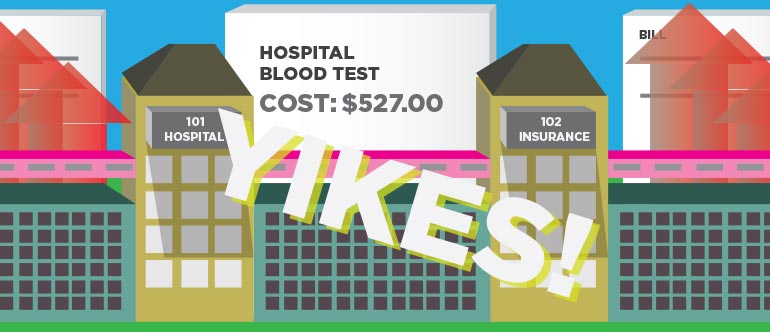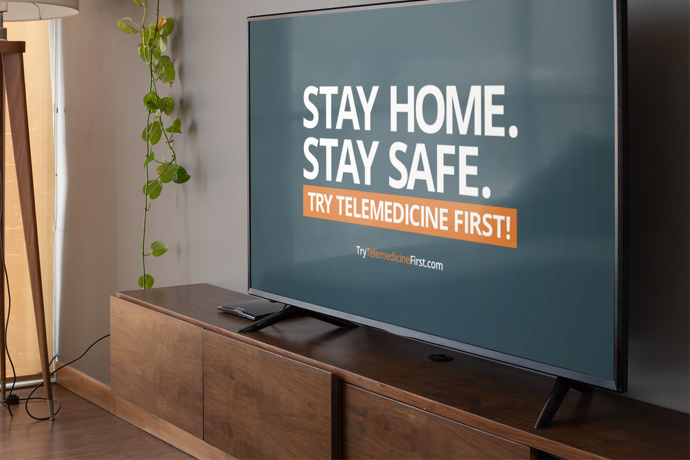Hospitals Beware: Your Chargemaster May Be Killing Your Brand

I recently had blood work done at a lab owned by a local hospital. It was a very standard and simple procedure that took all of five minutes. Since I take medicine to help keep my cholesterol in check, I’ve had this same test done every three to four months over the past 10 years. In many ways, it was “business as usual.” Except for one thing – it was my first blood test since I moved to a health plan with a deductible. And, as most people know by now, deductibles have changed everything!
With a deductible in place, I’m now paying for this blood test. And that means I can no longer simply ignore the EOB (“Explanation of Benefits”) form my insurance company has sent in the past, knowing that the payer and provider will work out whatever needs to be paid. The days of wine and roses are over. I have to pay up if I want to know whether or not my HDL is where it should be. Fair enough. I get that.
But this post isn’t about the “reluctant and anxious healthcare consumer” that I wrote about in a recent white paper. My point today is about what happened next and what it said to me about the hospital. You see, I received a bill for the blood test that indicated the cost would be $527.00. Yikes! Fortunately, the invoice also showed an adjustment of $494.49 for which my insurance company seemed to be given the credit – although I knew they hadn’t actually paid anything since I hadn’t yet exceeded my deductible. The net result was that I owed $32.51 for the blood test.
Good news for me. Not so good for the hospital.
Why? It made me very suspicious of the hospital and its billing practices. I couldn’t fathom a good explanation for the gap between what the hospital wanted to charge me and what they accepted as payment. Was the hospital greedy? Inefficient? Sloppy? Or some combination thereof? My confidence and trust in the hospital were shaken, making for a negative brand experience.
As a consultant in the industry, I know how this all happened. Hospitals have a chargemaster, which is, essentially, a massive price list for all of their services. The trouble is that the costs reflected in these chargemasters are widely known to be highly inflated… as they tend to be more of a negotiating tool with payers than a meaningful and fair reflection of what a hospital needs to charge for its services. This approach, which may have worked in the past, has now been laid bare. And the situation will only get worse given the number of bills that consumers will be paying out of their own pockets for the very first time.
So what’s a hospital marketer – or any provider marketer – to do?
Unfortunately, there’s no easy answer to that question. Chargemasters have been around a long time and are deeply ingrained in how providers operate. However, now that millions of consumers are paying for healthcare services with their own money – thanks to the huge increase in plans with deductibles – it may be time for a new hospital chargemaster policy. It’s imperative that fuzzy healthcare math be replaced by clear, consistent and consumer-friendly cost information. The effort could start by raising the issue or asking questions like, “Do we really need to show the chargemaster price on our invoices or can we simply show the “net” cost?” Or, perhaps, “Can we clean up our chargemaster so the costs are rational?”
It may take a while, but it would be wise to beat this drum loudly and often within your organization. If you’re successful, you will not only protect your brand, but you will have laid the groundwork for taking the lead on price transparency, which is inevitable in a post-ACA world. In addition, I believe that taking this lead will yield very positive long-term benefits for both providers and their customers.






